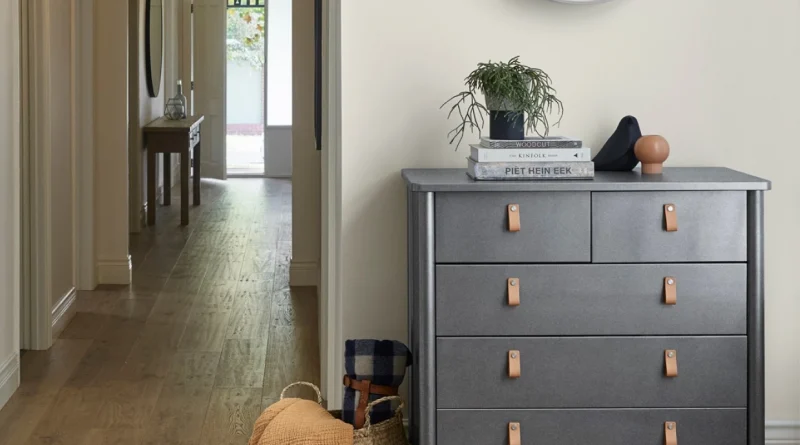Best Paint For Furniture
To breathe new life into an old piece of furniture, selecting an appropriate paint is key. Low VOC and durable options should be your goal when picking out paint for furniture projects; furthermore, prep work may be required but drying times should be quick.
DIYers love this kind of furniture paint for its versatility: its easy distressing or layering capability helps achieve vintage effects, and it dries to an attractive, smooth and abrasion-resistant surface finish.
Color
Selecting the appropriate colors when painting furniture is essential. These choices will have an enormous effect on its overall appearance and how well it complements its environment. When selecting paint for furniture, durability should also be top priority – any durable coating must stand up against everyday wear without chipping or fading over time.
Furniture paint comes in many varieties, with specialty options like milk and chalk being particularly popular choices due to their eco-friendly ingredients and lack of harmful fumes. Unfortunately, however, these may not provide as full coverage.
Sheen should also be an important consideration when choosing paint for furniture. A low sheen will hide minor imperfections while giving it a vintage aesthetic, while semi-gloss or glossy finishes may make cleaning easier. Benjamin Moore offers several sheen options in its Advance Waterborne alkyd-hybrid paint; choose the sheen that best matches your aesthetic and piece being painted.
Sheen
Selecting the appropriate sheen when painting furniture can make a substantial impactful statement about its final appearance. Your choice depends on your desired look and surface type; matte finishes may hide imperfections better, yet can show dirt more readily; semi-gloss and glossy paints tend to resist scuffing more effectively and will maintain cleaner conditions longer.
Water-based paint is an ideal way to upcycle old wooden furniture. It dries quickly and can often be applied in thin coats for even coverage, while being low in VOCs and fumes – making it perfect for indoor projects! Plus it comes in flat (matte), satin, and semi-gloss sheens!
Acrylic paint can also be a good option for wood furniture as it doesn’t require primer and dries to a smooth finish with minimal brushstrokes. Acrylics come in flat (matte), eggshell, satin and semi-gloss sheens.
Durability
If you’re considering painting furniture, selecting the appropriate paint type can make or break the outcome and budgetary constraints of the project. There are various kinds of furniture paint available today including oil-based, latex-based acrylic and specialty milk or chalk based varieties.
Whenever it comes to wood furniture, consider applying an oil-based paint. This will create a durable surface that resists scratches, water damage and general wear-and-tear while remaining easy to maintain and keep clean. Additionally, this kind of coating makes for effortless maintenance.
For furniture that needs an extra splash of shine, try painting with either a satin or semi-gloss finish. This type of paint will help cover imperfections while adding modern style; plus it’s easily wipeable and washable – an ideal choice for furniture that gets lots of use! For additional shine you could try finding high-sheen paints that contain mildewcide; they require no sanding at all and can even be applied using brushes!
Cost
Cost of furniture paint depends on its type and finish; for instance, if you prefer an aged look milk or chalk paints may be suitable. These classic shades come low on volatile organic compounds (VOCs) while being quick drying and easy to apply.
One option is using alkyd hybrid paint, which saturates the wood while creating a hard finish. Although more costly than other types of paints, this one will endure for many years and offer excellent durability.
Finally, for an eye-catching finish you could also choose gloss paint for maximum impact. Although durable, this type of finish needs a protective top coat for optimal use and needs to be primed prior to application as any imperfections in its surface can become visible under such lighting. To get optimal results from gloss finishes it is crucial that all imperfections on a piece be prepared thoroughly first before painting with gloss.




